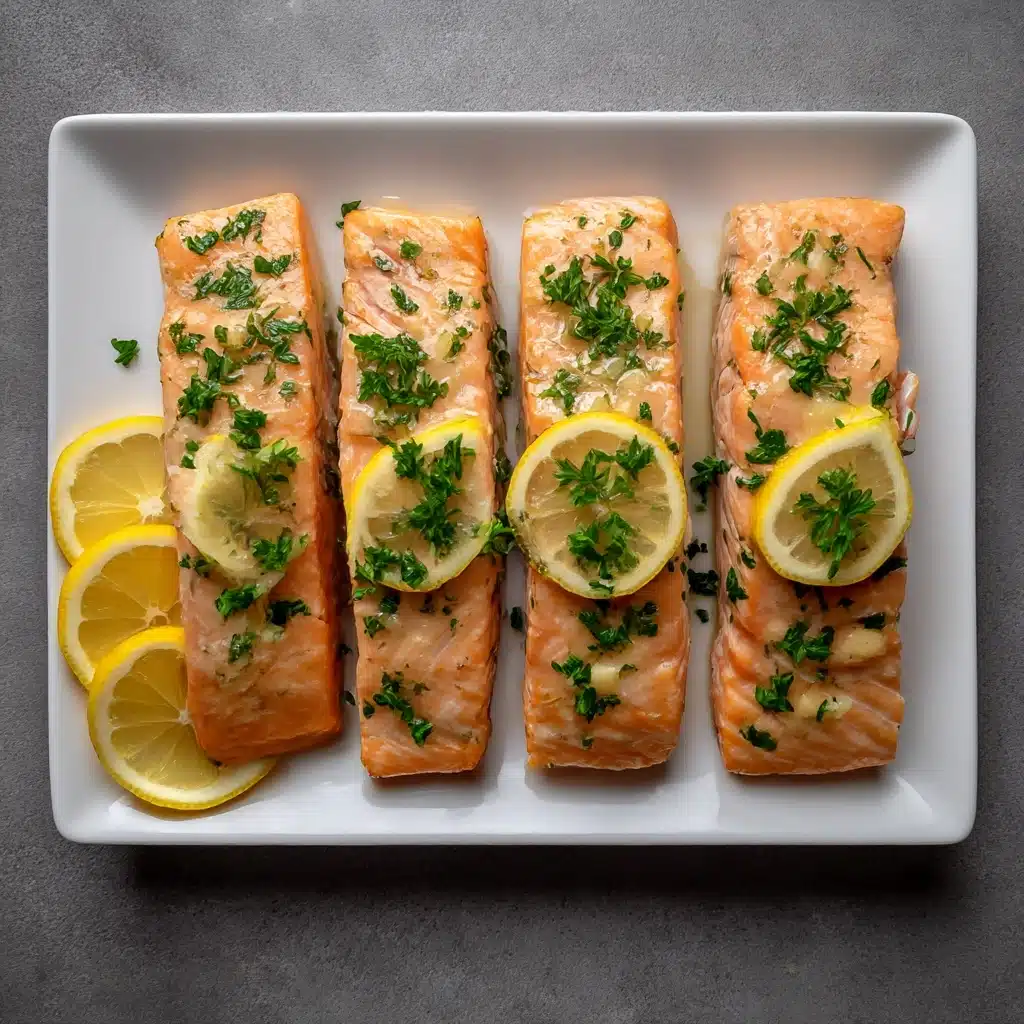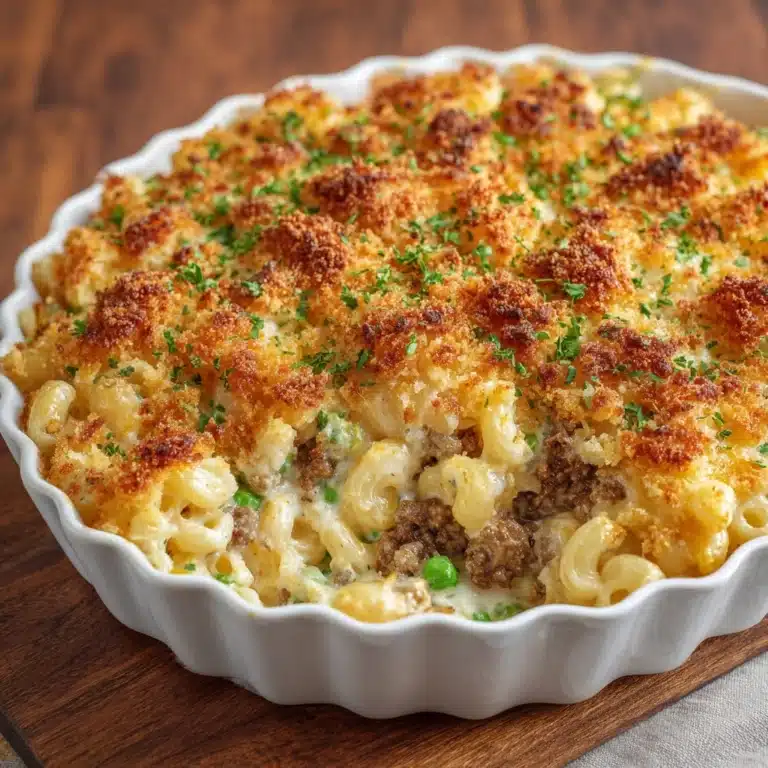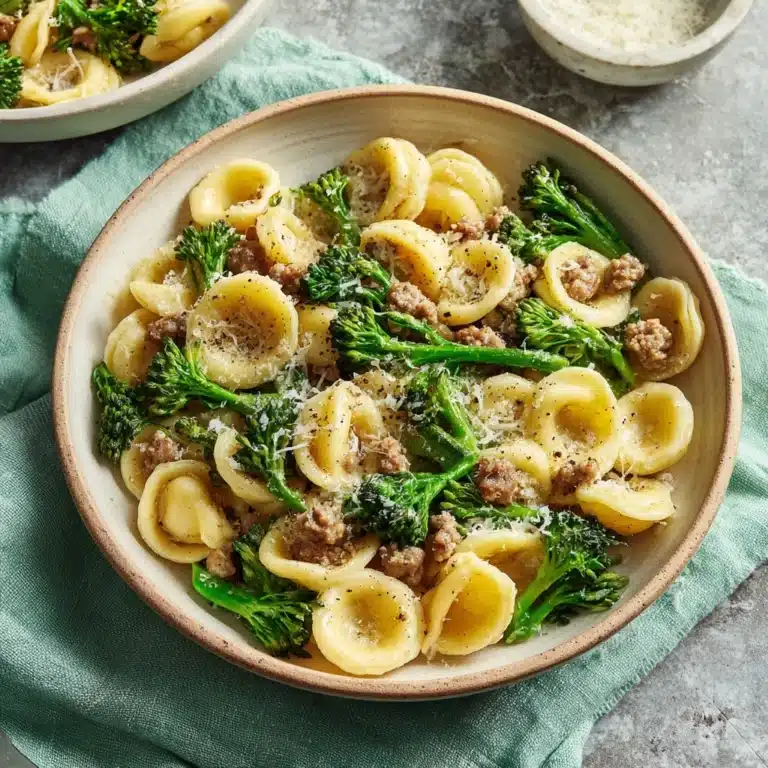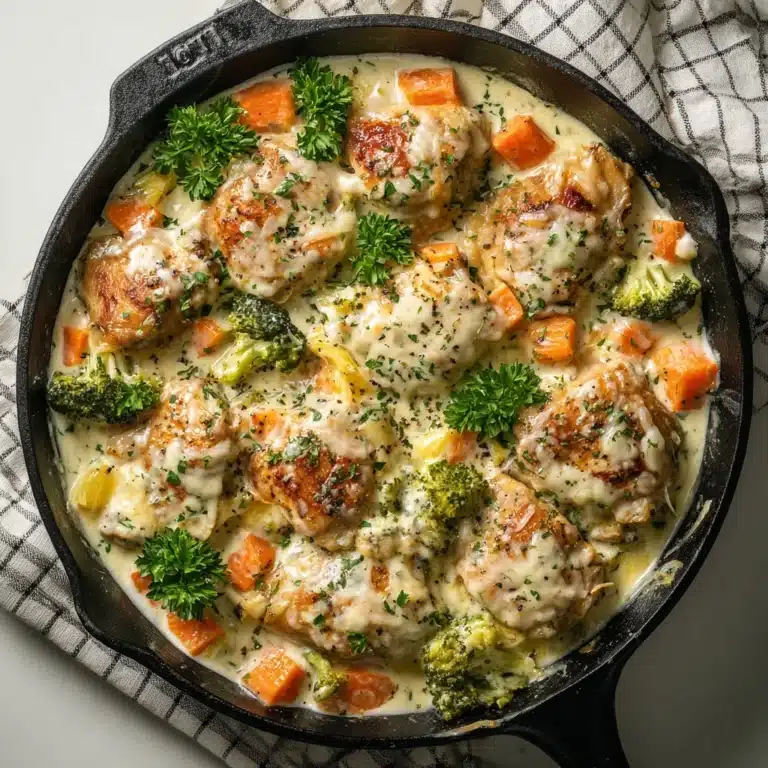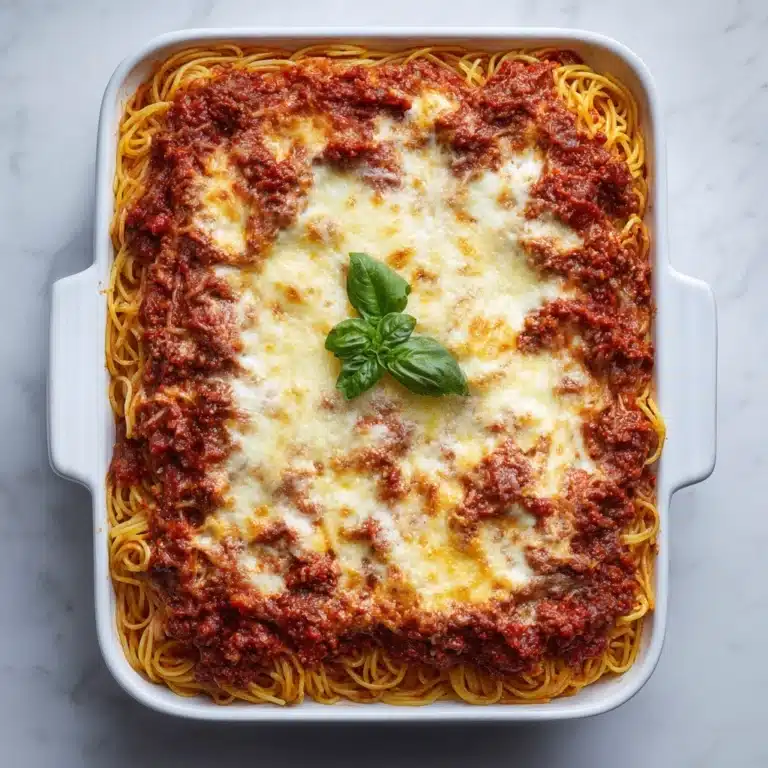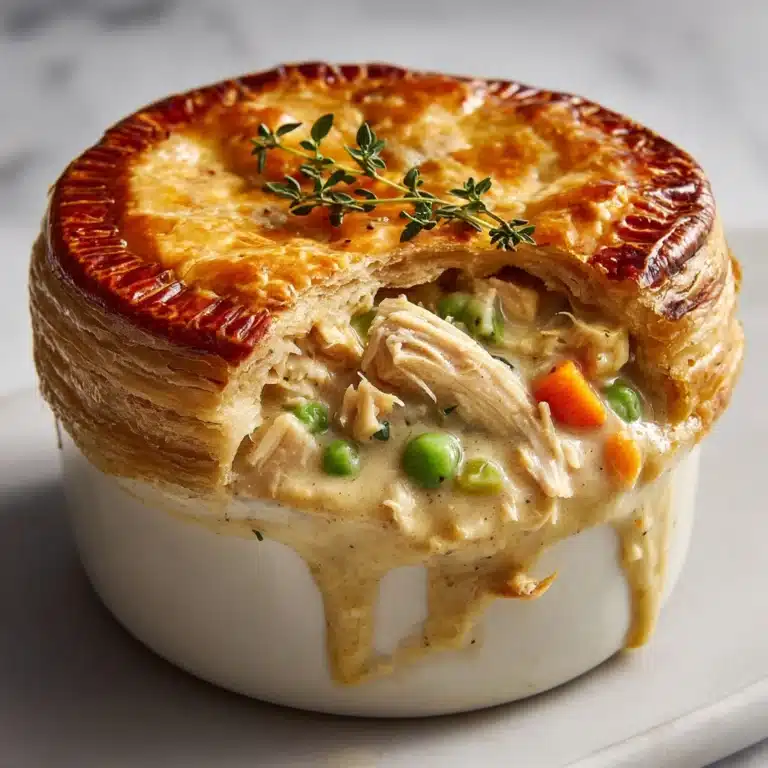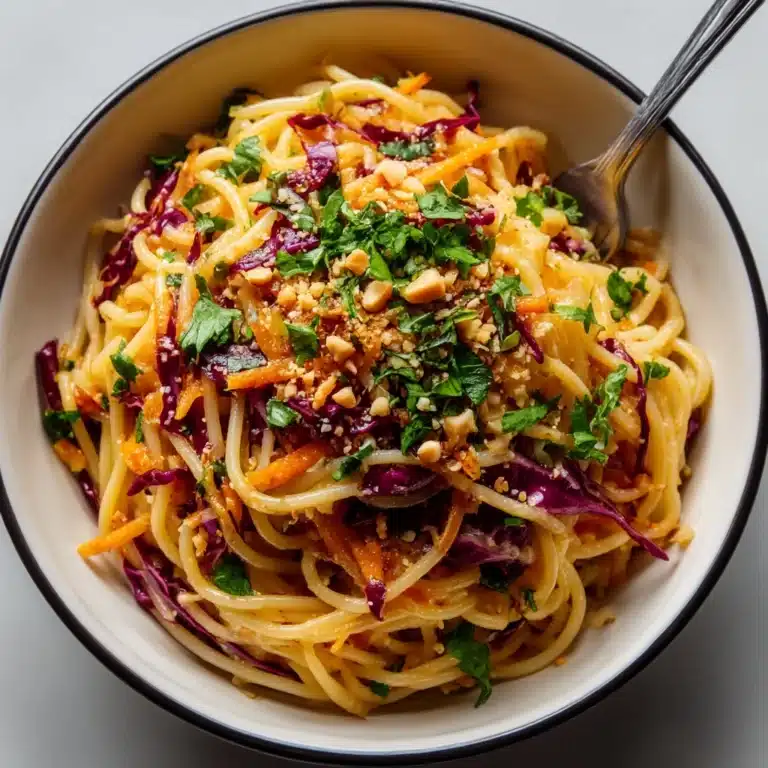If you’re looking for a recipe that feels both blissfully simple and irresistibly elegant, Baked Salmon is truly the answer. This dish brings together velvety, flaky salmon fillets with a lively blend of lemon, garlic, Dijon, and dill, allowing each ingredient to shine while creating restaurant-quality flavor right at home. The hands-off oven method ensures tender, moist fish every time—making it perfect for both fuss-free weeknight dinners and occasions when you want to seriously impress. One bite, and you’ll see why Baked Salmon is a recipe every home cook should have up their sleeve.
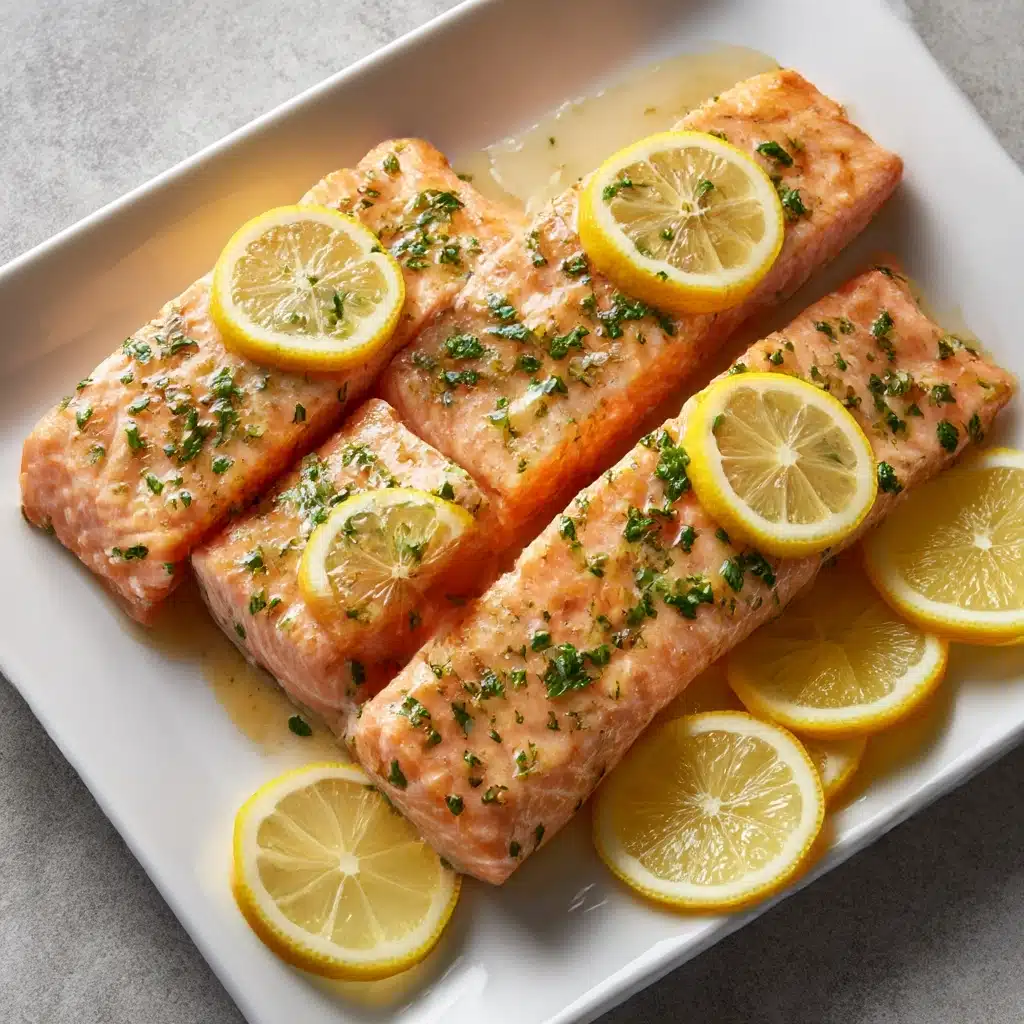
Ingredients You’ll Need
The beauty of this Baked Salmon lies in its straightforward, fresh ingredients. Each one plays a key role, from the richness of the fish to the zesty brightness of lemon and dill, creating a harmonious balance in every bite.
- Salmon fillets: Choose center-cut fillets for even cooking and the perfect flaky texture—frozen or fresh both work beautifully if properly thawed.
- Olive oil: Adds flavor and helps keep the salmon juicy while baking.
- Lemon juice: This splash of citrus brings vibrancy and cuts through the richness.
- Garlic: Fresh minced garlic infuses the salmon with an irresistible aroma and savory punch.
- Dijon mustard: Just a teaspoon lends subtle tang and depth without overpowering the fish.
- Dill: Dried or fresh dill gives that classic herby note that pairs so well with salmon.
- Salt and pepper: Enhances all the flavors—don’t skimp here for best results.
- Lemon slices and fresh parsley (for garnish): These elevates the presentation and add a final zesty, aromatic touch.
How to Make Baked Salmon
Step 1: Preheat the Oven
Start by setting your oven to 400°F (204°C). This temperature is ideal for getting perfectly cooked, moist Baked Salmon with just the right touch of golden edges. While the oven heats up, prepare your salmon and the flavorful marinade—it all comes together quickly!
Step 2: Prepare the Flavor Mixture
In a small bowl, whisk together the olive oil, fresh lemon juice, minced garlic, Dijon mustard, dill, salt, and pepper. This zingy blend is what makes the Baked Salmon stand out, delivering a punch of flavor that seeps into every flaky layer of the fish. Mixing it by hand only takes a minute, and you’ll immediately notice that delicious aroma wafting up.
Step 3: Arrange the Salmon Fillets
Line a baking sheet with parchment paper or lightly oil a baking dish to prevent sticking and for easy cleanup. Lay the salmon fillets in a single layer, skin-side down, giving them a little space so the hot air circulates around each piece. If your fillets have uneven thickness, tuck the thinner parts under for even cooking.
Step 4: Brush on the Marinade
Generously brush the flavorful olive oil mixture over each salmon fillet, coating the tops and sides completely. This not only adds deep flavor but ensures the salmon stays juicy and succulent in the oven. If you have a few extra minutes, let the salmon marinate for up to 30 minutes—your tastebuds will thank you.
Step 5: Bake Your Salmon
Transfer the tray to the oven and bake for 12 to 15 minutes, depending on the thickness of your fillets. The Baked Salmon is ready when it flakes easily with a fork and reaches an internal temperature of 145°F. Avoid over-baking for the most tender results. Just before serving, garnish with sliced lemon and fresh parsley for a gorgeous finish.
How to Serve Baked Salmon
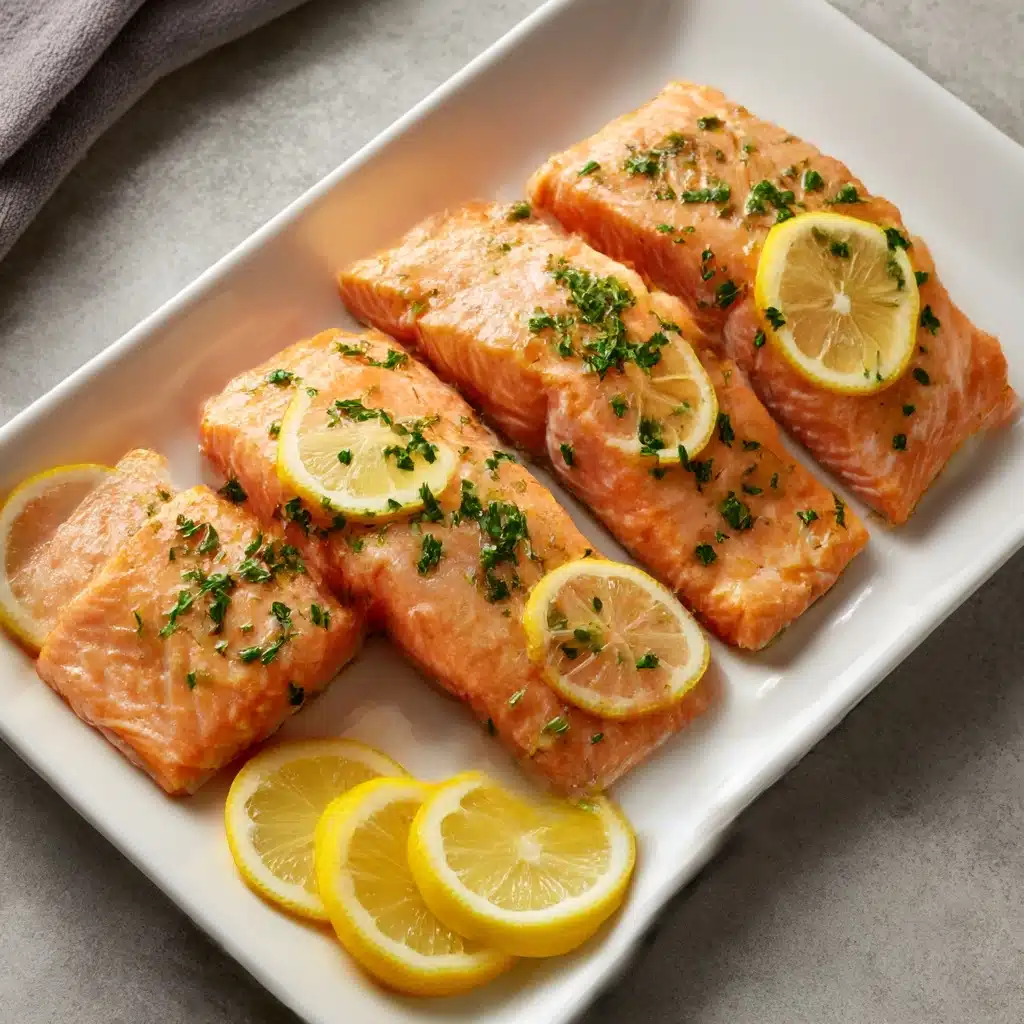
Garnishes
Sprinkling your Baked Salmon with freshly chopped parsley and a few slices of lemon instantly brightens both the look and flavor. That pop of green and yellow is a feast for the senses and gives a fresh, zesty note with every bite. You might also try a light dusting of extra dill for extra herbal flair.
Side Dishes
Baked Salmon is endlessly versatile—pair it with fluffy rice pilaf, crispy roasted potatoes, or a simple green salad for a wholesome, balanced meal. Roasted asparagus, steamed broccolini, or garlicky sautéed spinach complement the fish beautifully, letting the flavors shine without overpowering your star entrée.
Creative Ways to Present
If you’re entertaining, serve each piece of Baked Salmon on a bed of mixed greens, topped with microgreens and jewel-like pomegranate seeds for color. For a weeknight spin, try flaking the salmon over pasta with a squeeze of fresh lemon or pile it into lettuce wraps with pickled veggies for a fun, hands-on meal.
Make Ahead and Storage
Storing Leftovers
Leftover Baked Salmon keeps well in an airtight container in the fridge for up to three days. Cool the fillets completely before storing to maintain their delicate texture and bright flavor. It’s perfect for tossing into salads or topping grain bowls the next day!
Freezing
You can freeze Baked Salmon, though it’s best enjoyed fresh. If you do freeze, wrap fillets tightly in foil or plastic wrap and then in a freezer-safe bag. They’ll keep for two to three months—just know the texture may be slightly softer once thawed, but the flavor will still shine through.
Reheating
Gently reheat Baked Salmon in a low oven at 275°F, covered with foil to prevent drying out, for about 10 minutes. You can also heat it in the microwave, covered, at 50 percent power in 30-second bursts. Add a dash of extra lemon juice and dill to revive its just-cooked freshness.
FAQs
Can I use frozen salmon fillets for this recipe?
Absolutely! Just make sure to thaw the frozen salmon fillets completely in the fridge before baking. Pat them dry to remove excess moisture so the marinade clings well and the fillets bake up perfectly flaky.
How do I know when the Baked Salmon is done?
You’ll know your Baked Salmon is ready when it flakes easily with a fork and the thickest part registers 145°F on a food thermometer. If the flesh looks opaque and a little juicy in the center, it’s perfectly done.
What can I substitute for dill if I don’t have any?
If you’re out of dill, try fresh parsley, tarragon, or even chives for a similar fresh, herbal note. A small pinch of dried Italian seasoning can also work in a pinch, giving you a slightly different (but still delicious) flavor profile.
Can I make this recipe dairy-free and gluten-free?
This Baked Salmon is naturally gluten-free and dairy-free as written. Double-check your Dijon mustard label to be certain it’s gluten-free, but otherwise, you’re good to go!
Do I need to remove the skin before baking the salmon?
No need! Baking with the skin on helps protect the salmon from drying out and makes it easy to lift the fillet from the pan. You can easily slide the flesh off the skin after baking, or serve as is if you enjoy crispy skin.
Final Thoughts
Whether you’re cooking for a crowd or treating yourself to a nourishing dinner, Baked Salmon delivers every time—it’s easy, flavorful, and packed with wholesome goodness. Give it a try and see how quickly this classic becomes a favorite in your kitchen, too!
Print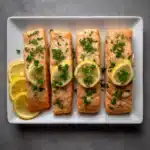
Baked Salmon Recipe
- Total Time: 25 minutes
- Yield: 4 servings 1x
- Diet: Non-Vegetarian
Description
This Baked Salmon recipe is a simple yet flavorful way to prepare salmon fillets in the oven. The combination of lemon, garlic, and dill creates a delicious marinade for the salmon, resulting in a moist and tender fish dish that is perfect for a quick and healthy dinner.
Ingredients
Salmon:
- 4 salmon fillets (6 ounces each)
Marinade:
- 2 tablespoons olive oil
- 2 tablespoons lemon juice
- 2 cloves garlic, minced
- 1 teaspoon Dijon mustard
- 1 teaspoon dried dill or 1 tablespoon fresh dill, chopped
- Salt and pepper to taste
Garnish:
- Lemon slices and fresh parsley
Instructions
- Preheat the oven: Preheat the oven to 400°F.
- Prepare the marinade: In a small bowl, whisk together olive oil, lemon juice, garlic, Dijon mustard, dill, salt, and pepper.
- Coat the salmon: Place salmon fillets on a lined baking sheet or in a baking dish. Brush the marinade evenly over each fillet.
- Bake the salmon: Bake for 12–15 minutes, or until salmon flakes easily with a fork and reaches an internal temperature of 145°F.
- Garnish and serve: Remove from oven and garnish with lemon slices and chopped parsley before serving.
Notes
- For extra flavor, marinate the salmon for 15–30 minutes before baking.
- This recipe pairs well with roasted vegetables, rice, or a fresh green salad.
- Prep Time: 10 minutes
- Cook Time: 15 minutes
- Category: Main Course
- Method: Baking
- Cuisine: American
Nutrition
- Serving Size: 1 fillet
- Calories: 360
- Sugar: 0g
- Sodium: 320mg
- Fat: 23g
- Saturated Fat: 4g
- Unsaturated Fat: 17g
- Trans Fat: 0g
- Carbohydrates: 1g
- Fiber: 0g
- Protein: 34g
- Cholesterol: 95mg
